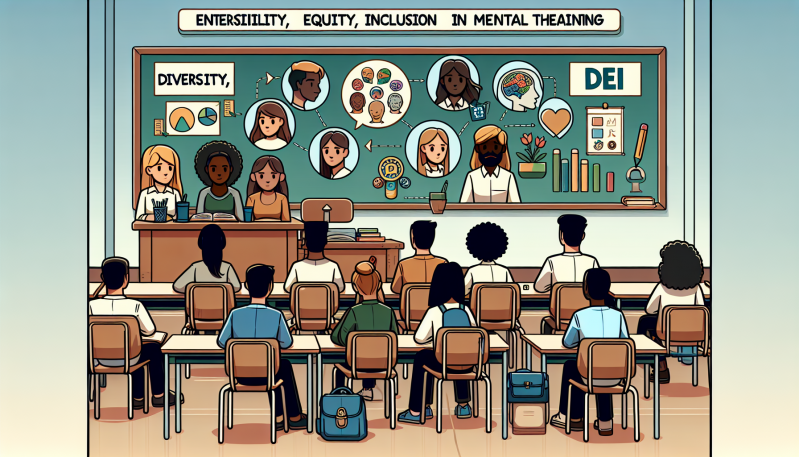In today’s image-centric world, children and adolescents are bombarded with messages about beauty that can distort their perception of self-worth and lead to a host of mental health challenges. As keepers of the next generation’s well-being, educators, parents, and educational influencers have a responsibility to foster environments that celebrate diversity and encourage body positivity.
With the rising prevalence of social media, children are increasingly exposed to narrow and often unattainable beauty ideals. The consequences are more than skin deep; they manifest as low self-esteem, eating disorders, and mental health struggles that can shadow individuals throughout their lives. The question then arises: how can we, as a community, counteract these harmful messages and support our children in developing a healthy relationship with their bodies?
One effective strategy is integrating body positivity into the school curriculum. By discussing the concept of body image in health and social studies classes, students can begin to understand the ways in which media influence our perceptions. Educators can craft lessons that explore the history of beauty standards, the diversity of human bodies, and the importance of self-acceptance. Engaging in open conversations about body image and mental health can normalize these topics and provide students with the language they need to articulate their experiences.
Another key element is the importance of representation. Schools must audit their materials and décor to ensure that they reflect a wide variety of body types, ethnicities, and abilities. Including books, posters, and resources that showcase a diverse range of people helps students to see themselves and their peers positively. Representation matters deeply; seeing oneself in the curriculum and school environment reinforces the notion that all bodies are worthy of respect and celebration.
Offering support to students struggling with body image is also crucial. This can range from one-on-one counseling to support groups, and even classroom activities that promote self-esteem. Educators should be trained to recognize signs of body image struggles and to approach these conversations with sensitivity and care.
Educational influencers and school staffers are role models, and by leading through example—by embracing their own body diversity and speaking positively about themselves and others—they can influence children’s attitudes towards their bodies. This visible acceptance acts as a powerful counter-narrative to the damaging messages of the media.
During Friendship Week, schools have the opportunity to tackle these issues head-on with tailored programs and initiatives. Organizing workshops with guest speakers who specialize in body positivity, creating art projects that celebrate individual differences, or holding assemblies that focus on mental health and self-care can all contribute to a more accepting and supportive school climate.
In addition, Friendship Week can serve as a launchpad for school-wide challenges that promote kindness, inclusion, and body positivity—challenges that students can carry with them beyond the school walls. Activating peer support networks where students can offer encouragement and understanding to one another is instrumental in fostering resilience against negative beauty standards.
In conclusion, as we cultivate a generation of confident and compassionate individuals, we must actively challenge the narrow beauty standards that permeate our culture. Through comprehensive education, representation, support, and leadership by example, we can create school environments that not only nurture body positivity but also empower students to embrace their unique qualities with pride. Friendship Week is more than a celebration; it’s a movement towards inclusivity and respect for all bodies, laying the groundwork for a healthier, happier future for our children.


